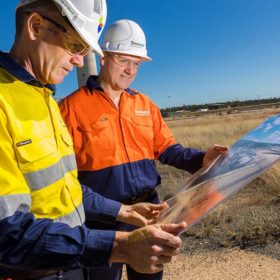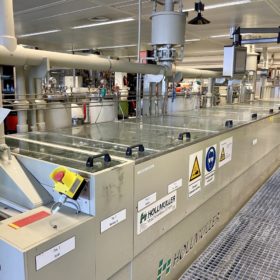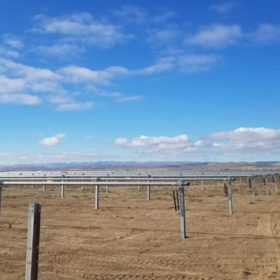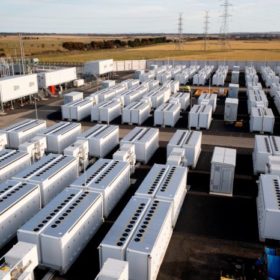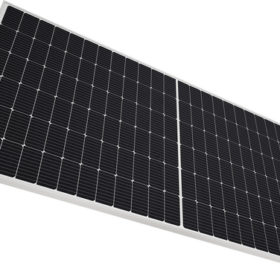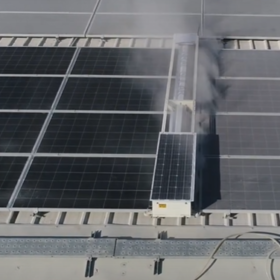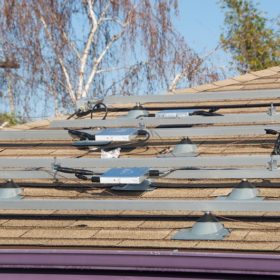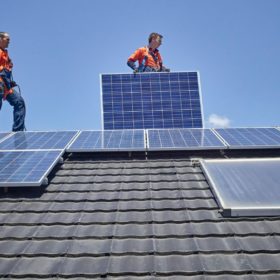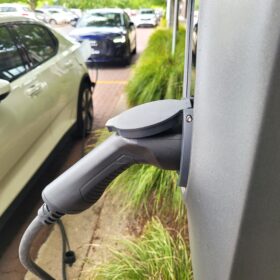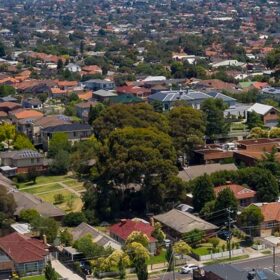Development deal done for Queensland green hydrogen project
Queensland government-owned utility CS Energy has signed a deal with ASX-listed gas company Senex Energy to develop the Kogan Renewable Hydrogen Demonstration Plant, which is set to produce 50 tonnes of green hydrogen annually from behind-the-meter solar PV energy.
Renac Power unveils high-voltage residential battery
Renac Power’s new plug-and-play battery has a storage capacity of 3.74 kWh, but it can be enhanced in series with up to five batteries to 18.7 kWh. It has a nominal voltage of 96 V and a voltage range of 81 V to 108 V.
Fortescue provides backing for Dutch solar module maker
Fortescue Future Industries continues to advance its green energy ambitions, announcing it will provide new funding for Dutch solar PV module maker HyET Solar in a move designed to accelerate a planned expansion of the company’s manufacturing plant in The Netherlands.
Plans for giant green hydrogen project in WA revealed
Plans for a massive green hydrogen and ammonia production facility powered by more than 5GW of wind and solar PV generation in Western Australia have been revealed with the proponents of the estimated $10 billion project lodging an environmental assessment with the state government this week.
Victorian Big Battery drives major revenue jump for Neoen
The 300MW/450MWh Victorian big battery has proven a financial winner for French renewable power producer Neoen which has reported its first-quarter revenue has jumped by more than one third.
Sharp launches 540 W bifacial solar module
Sharp’s new IEC 61215 and IEC 61730-certified-certified panel features 144 half-cells based on M10 wafers and a 10-busbar design. Its operating temperature coefficient is -0.349% per degree Celsius and its power tolerance reaches up to 5%.
Self-powered, dry-cleaning robot for solar panels
Enray Solutions has developed an autonomous, water-free cleaning robot for ground-mount solar installations that draws its power from an on-board PV panel and battery. The robot is designed to withstand the harsh environmental conditions of all kinds of terrain.
Enphase predicts another revenue landmark this quarter
Enphase expects the volume of business generated to rise again for the April-June period, accompanied by another bump in battery shipments.
Solar companies battle to keep staff, claim regulatory system is depressing industry quality
Solar companies are reporting widespread staff shortages leading to false price points around the value of installers. Scott Mason, general manager of Platinum Solar Designs, says the shortages aren’t simply part of Australia’s broader skills scarcity, but rather are endemic to the solar industry and linked to a regulatory system which is pushing down the quality of installations.
Cannon-Brookes back at AGL, continuing trojan horse decarbonisation strategy
Australian technology billionaire Mike Cannon-Brookes has become the single largest shareholder in AGL after Grok Ventures, the private investment company he owns with wife Annie, bought an 11.28% stake in the public company last night. The move appears to progress the billionaire’s plan to use the free market to force the decarbonisation of Australia’s biggest emitter from the inside out. In other words, the world’s largest single decarbonisation project is back on.
